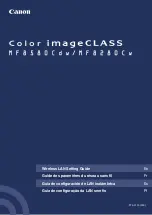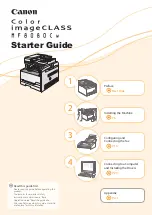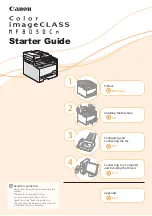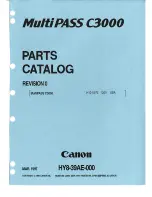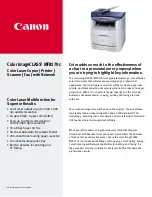
Using logical processing
Using LCDS Print Description Language
3-53
RSTACK command
The stacked reports feature enables you to define a series of
reports in a single file. This is accomplished by specifying the
end of the report in the coded logical processing commands.
The printer stacks reports in a file if more than one report is
included in a single file (or a single spooled host file identified by
the banner pages). In processing stacked reports, the system
checks each record for the logical “end of report” specification as
defined by the RSTACK TEST parameter.
When you use RSTACK for report separation, the end of the
report occurs as soon as the test criteria are satisfied. However,
when BANNER is coded, you specify the number of consecutive
banner pages that must satisfy the test criteria before end of
report occurs.
Report separation based on banner page detection is performed
with the BANNER command. When you use RSTACK for report
separation, the end of the report occurs as soon as the test
expression is satisfied. However, when BANNER is coded, you
specify the number of consecutive banner pages that must
satisfy the test criteria before the end of the report occurs, and
report separation occurs on a page boundary.
RSTACK delimiter modes
There are two modes of stacked reports: delimiter and
nondelimiter.
•
In
delimiter mode,
the record satisfying the TEST criteria is
not part of the data for the report that follows the delimiter, but
simply serves to separate or delimit one report from another.
•
In
nondelimiter mode,
reports are “stacked” one after the
other without any special records separating them.
The two modes are specified by the DELIMITER parameter of
the RSTACK command.
Delimiter mode
If DELIMITER=YES is coded (delimiter mode), you may actually
separate each report with multiple successive records, each of
which satisfies the test expression of the RSTACK command. In
this case, all consecutive delimiters are treated as a delimiter
packet.
Summary of Contents for Docuprint 75
Page 16: ...Table of contents xvi Using LCDS Print Description Language ...
Page 26: ...Introduction xxvi Using LCDS Print Description Language ...
Page 108: ...PDL principles and procedures 1 82 Using LCDS Print Description Language ...
Page 354: ...Specifying print format parameters 4 114 Using LCDS Print Description Language ...
Page 436: ...Using PDL commands for graphics 6 8 Using LCDS Print Description Language ...
Page 452: ...PDL command and DJDE summary A 16 Using LCDS Print Description Language ...
Page 470: ...Character code assignments C 8 Using LCDS Print Description Language ...
Page 478: ...Offline specifications D 8 Using LCDS Print Description Language ...
Page 506: ...INDEX INDEX 12 Using LCDS Print Description Language ...


































